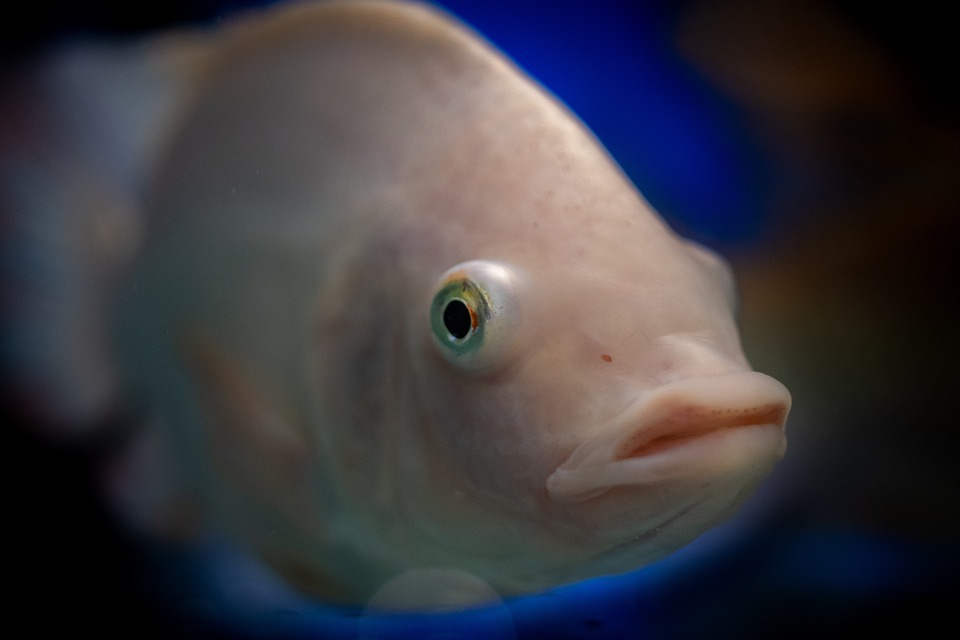A well-maintained fish tank can be a source of joy for fish enthusiasts, but it’s important to remember that fish, like any living creature, can experience behavioral problems. Identifying and addressing these issues promptly is essential to ensure the health and well-being of your fish. In this article, we will discuss how to recognize and address common fish tank behavioral problems.
Recognizing Behavioral Problems
The first step in addressing behavioral problems is to recognize them. Here are some common signs to watch out for:
1. Aggression: Unusual chasing or attacking behavior towards other fish, constant fin nipping or tail biting, and fish hiding or seeking refuge constantly.
2. Lethargy: Decreased activity levels compared to normal behavior, loss of appetite or refusing to eat, and floating near the water surface or resting at the bottom for extended periods.
3. Excessive Hiding: Fish spending most of their time hiding behind decorations or plants, avoiding interaction with other tank mates, and showing signs of stress, such as rapid gill movement or erratic swimming.
4. Abnormal Swimming Patterns: Constantly swimming in circles or darting erratically, difficulty maintaining balance or swimming upside down, and unusual swimming speed or patterns compared to normal behavior.
Addressing Behavioral Problems
Once you’ve identified a behavioral issue, it’s crucial to address it promptly. Here are some steps you can take:
1. Water Quality Check: Regularly test the water parameters, such as pH, ammonia, nitrite, and nitrate levels. Perform water changes if necessary and ensure proper filtration to maintain clean and healthy water conditions.
2. Tank Size and Compatibility: Evaluate if the tank size is adequate for the number and species of fish you have. Research and ensure compatibility between different fish species. Provide appropriate hiding places and territories to reduce aggression and stress.
3. Proper Feeding: Offer a balanced diet suitable for the species of fish you have. Feed in appropriate quantities to prevent overfeeding or underfeeding. Observe if all fish are getting their share of food and address any bullying that may occur during feeding time.
4. Environmental Enrichment: Add suitable tank decorations, plants, or hiding spots to create a stimulating environment. Provide appropriate lighting and ensure a consistent day-night cycle. Consider adding tank mates or rearranging decorations to reduce aggression or territorial behavior.
FAQs (Frequently Asked Questions)
1. Why is my fish constantly hiding?
Constant hiding can be a sign of stress caused by aggression, poor water quality, or inadequate hiding spots. Evaluate the tank conditions and consider adjusting the environment or addressing aggression issues.
2. How do I know if my fish is stressed?
Signs of stress in fish include rapid gill movement, erratic swimming, loss of appetite, or abnormal behavior. Monitor your fish closely and address any underlying issues causing stress.
3. Can fish get bored?
Yes, fish can get bored without enough stimulation in their environment. Providing appropriate tank decorations, plants, and tank mates can help alleviate boredom and improve their overall well-being.
4. Should I separate aggressive fish?
If aggression poses a threat to the well-being of other tank mates, it may be necessary to separate aggressive fish. Consider creating separate habitats or rehoming the aggressive fish to ensure a harmonious tank environment.
Conclusion
By recognizing and addressing common fish tank behavioral problems, you can create a healthy and thriving aquatic environment for your fish. Regular monitoring, maintaining water quality, and providing a stimulating environment will help prevent and resolve behavioral issues, allowing your fish to flourish and bring joy to your home.









